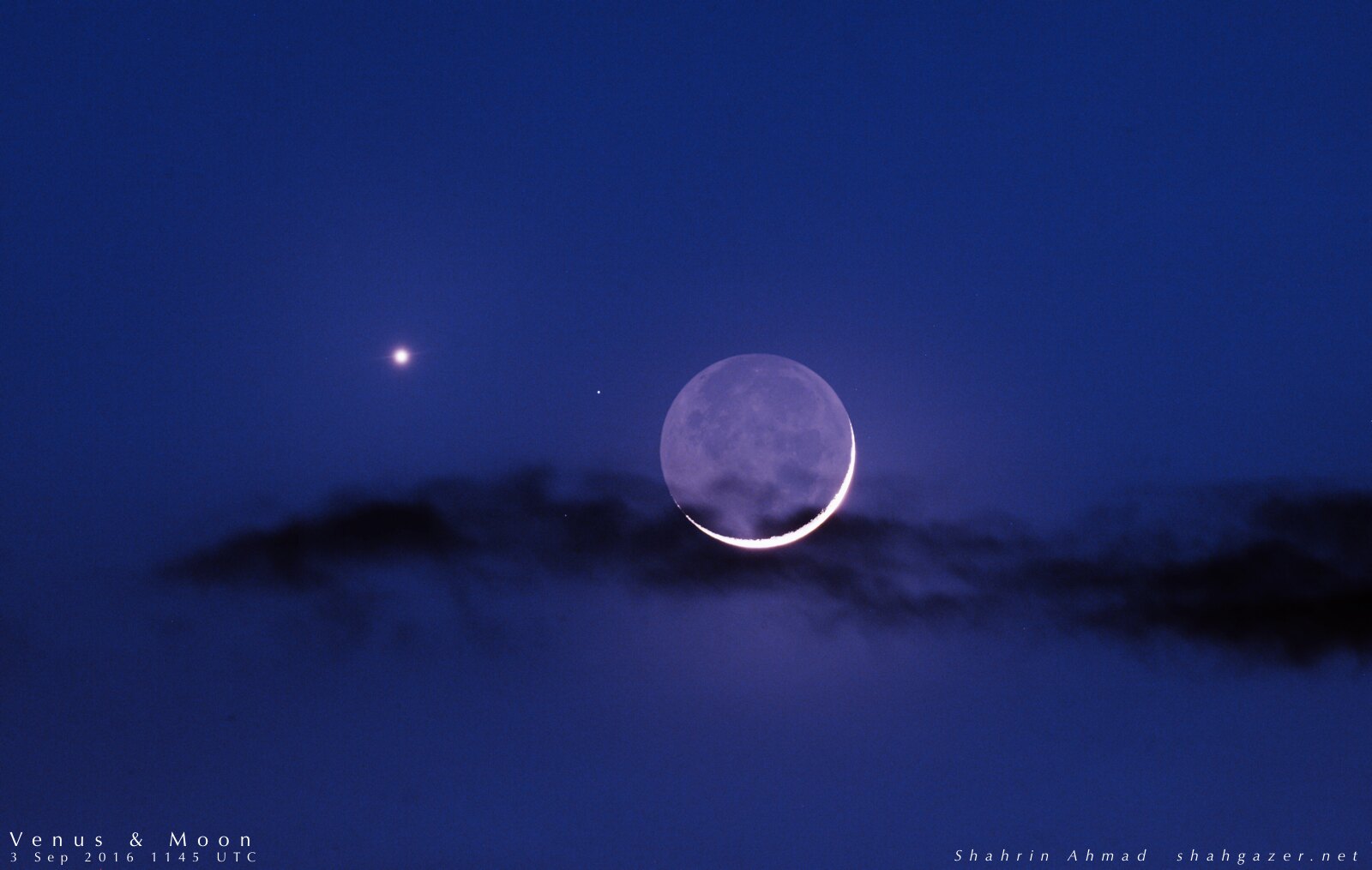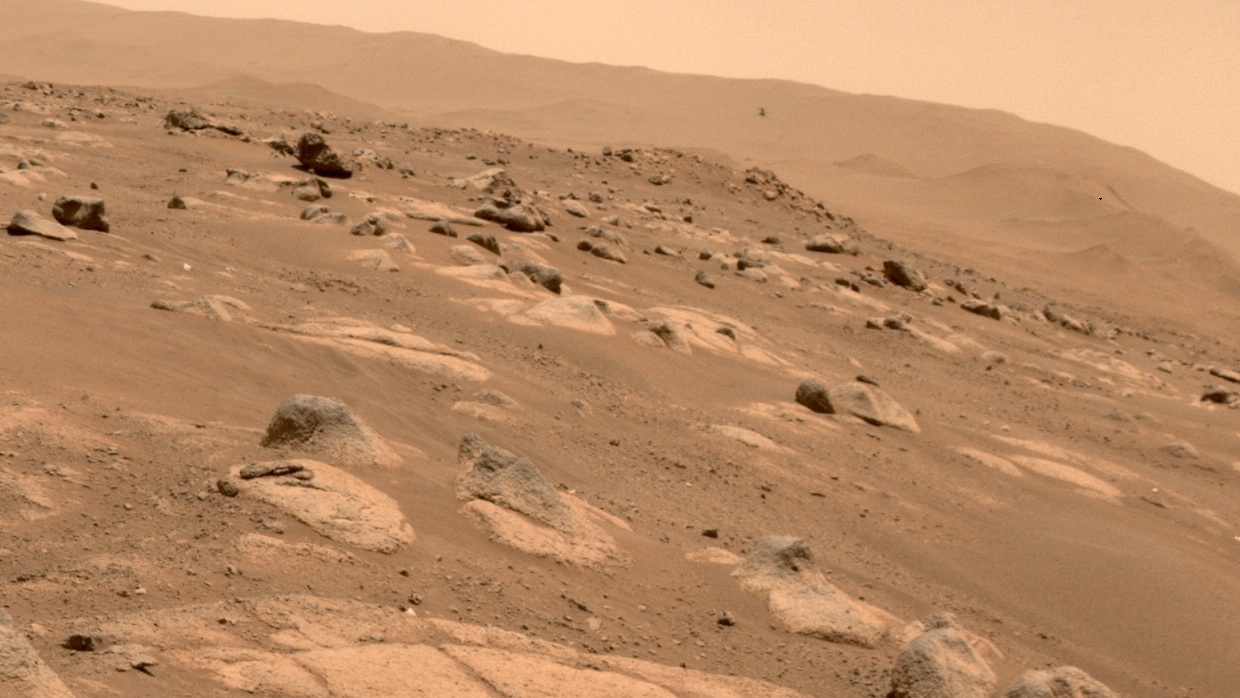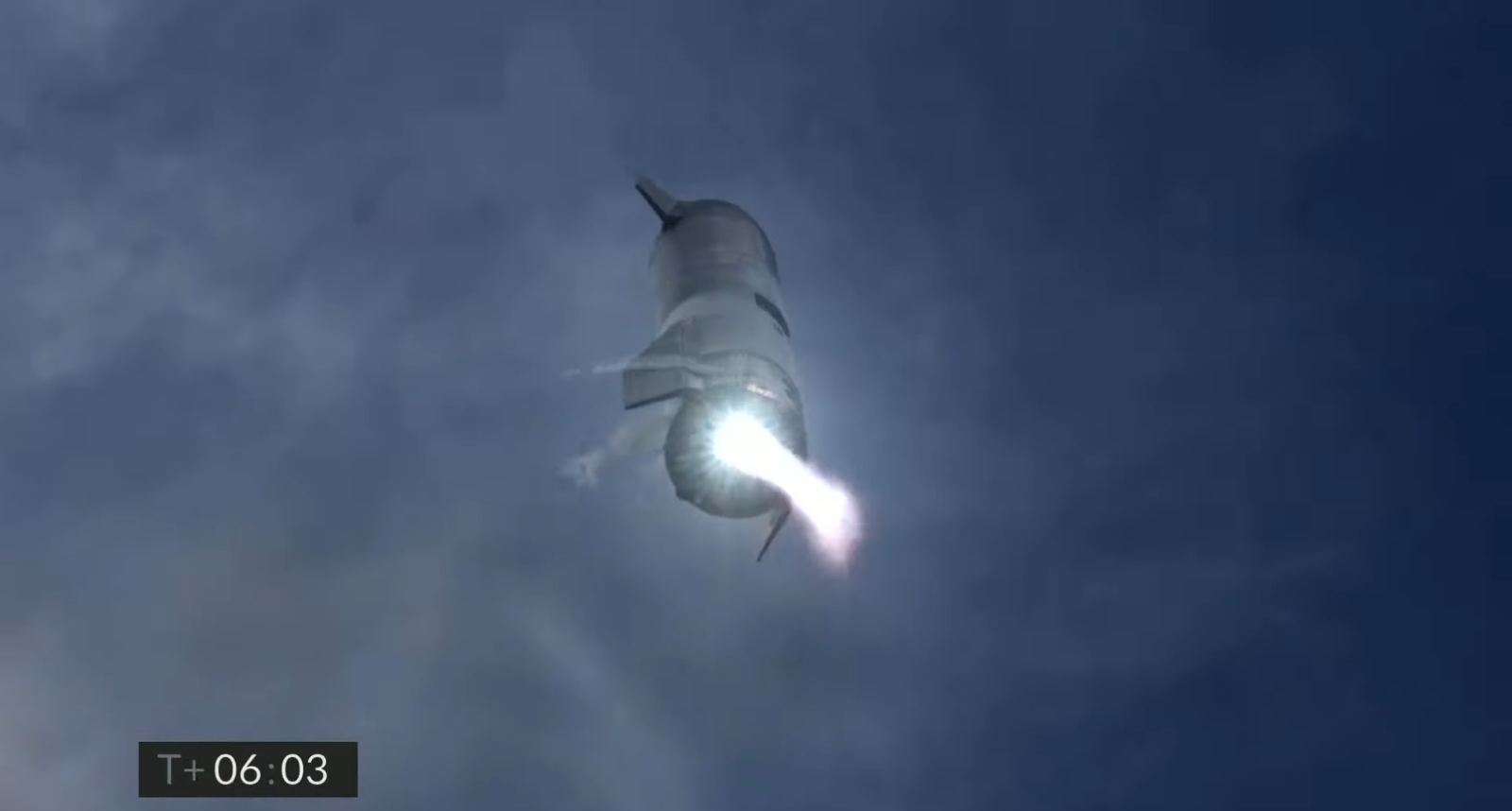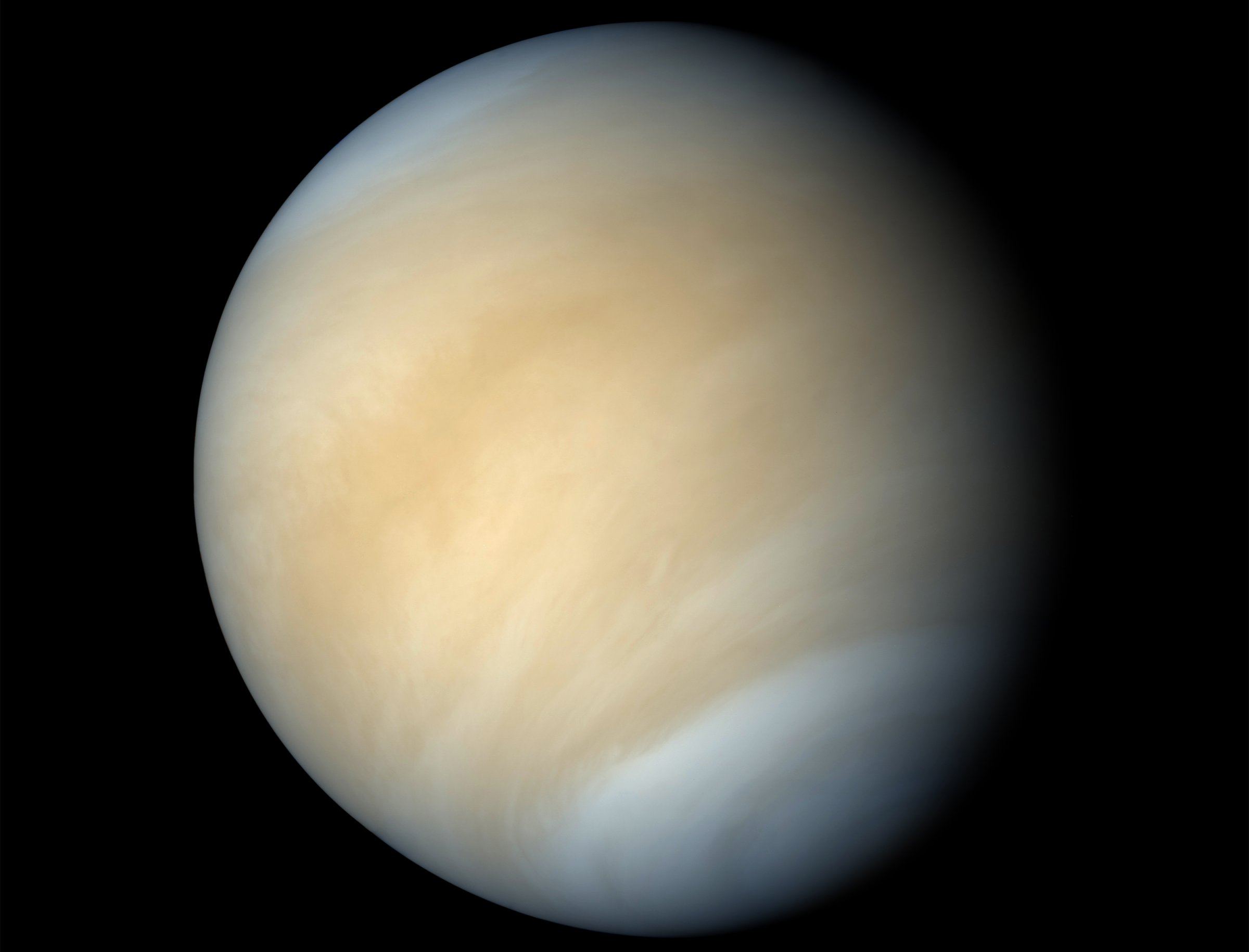On November 1st, 1961, a number of prominent scientists converged on the National Radio Astronomy Observatory in Green Bank, West Virginia, for a three-day conference. A year earlier, this facility had been the site of the first modern SETI experiment (Project Ozma), where famed astronomers Frank Drake and Carl Sagan used the Green Bank telescope (aka. “Big Ear”) to monitor two nearby Sun-like stars – Epsilon Eridani and Tau Ceti.
While unsuccessful, Ozma became a focal point for scientists who were interested in this burgeoning field known as the Search for Extraterrestrial Intelligence (SETI). As a result, Drake and Sagan were motivated to hold the very first SETI conference, wherein the subject of looking for possible extraterrestrial radio signals would be discussed. In preparation for the meeting, Drake prepared the following heuristic equation:
N = R* x fp x ne x fl x fi x fc x L
This would come to be known as the “Drake Equation,” which is considered by many to be one of the most renowned equations in the history of science. On the sixtieth anniversary of its creation, John Gertz – a film producer, amateur astronomer, board-member with BreakThrough Listen, and the three-term former chairman of the board for the SETI Institute – argues in a recent paper that a factor by factor reconsideration is in order.
Continue reading “60 Years Later, is it Time to Update the Drake Equation?”










